QOTD: Can We Inventory the Worst Bumpers of the 1970s?

The TTAC Slack chat got to talking about Datsuns this week and, among mentions of the 280ZX Black Gold and 260Z, Datsun vault of knowledge Chris Tonn posted a picture of a late-Seventies 280Z.
It looked utterly terrible with its gigantic bumpers, and I soon became nauseous. But once that went away, I was left with a relevant and overarching question: Which car models were most negatively affected by the giant American bumpers of the 1970s?
Most of you lived through it, but some of you whippersnappers (and me) were not so fortunate to experience the Malaise starting shortly before the Carter era. A quick summary:
The large and in charge vehicles of the 1960s carried minimal bumper protection for the sake of styling, which lead to increasing repair costs in minor fender bender accidents. Much to the dismay of everyone beside insurance companies, the government decided to step in and offer up some regulation.
Beginning with model year 1974, 5 mile per hour bumpers were required on all new vehicles. The regulation said that at an angled 5 mph impact, the bumpers must ensure no damage occurs to a car’s lights, engine, or safety features. Awful bumpers ensued.
The regulators decided this wasn’t enough protection, and for 1979 the standard was raised to state that zero damage could occur in the same impact. Bring out the battle bumpers!
As the Malaise cooled, so did the regulators fervor for bumpers, and in 1982 the law was scaled back to 2.5 miles per hour. That’s where the regulation still rests today. All the cars you see here were made between 1974 and 1980, and I’m sure you B&B can make us a nice list of those most disturbed or ruined by bumper regulation.
Have at it!
[All images via their respective sellers at ClassicCars.com]

Interested in lots of cars and their various historical contexts. Started writing articles for TTAC in late 2016, when my first posts were QOTDs. From there I started a few new series like Rare Rides, Buy/Drive/Burn, Abandoned History, and most recently Rare Rides Icons. Operating from a home base in Cincinnati, Ohio, a relative auto journalist dead zone. Many of my articles are prompted by something I'll see on social media that sparks my interest and causes me to research. Finding articles and information from the early days of the internet and beyond that covers the little details lost to time: trim packages, color and wheel choices, interior fabrics. Beyond those, I'm fascinated by automotive industry experiments, both failures and successes. Lately I've taken an interest in AI, and generating "what if" type images for car models long dead. Reincarnating a modern Toyota Paseo, Lincoln Mark IX, or Isuzu Trooper through a text prompt is fun. Fun to post them on Twitter too, and watch people overreact. To that end, the social media I use most is Twitter, @CoreyLewis86. I also contribute pieces for Forbes Wheels and Forbes Home.
More by Corey Lewis
Latest Car Reviews
Read moreLatest Product Reviews
Read moreRecent Comments
- CanadaCraig My 2006 300C SRT8 weighs 4,100 lbs. The all-new 2024 Dodge Charge EV weighs 5,800 lbs. Would it not be fair to assume that in an accident the vehicles these new Chargers hit will suffer more damage? And perhaps kill more people?
- Akila Hello Everyone, I found your blog very informative. If you want to know more about [url=
- Michael Gallagher I agree to a certain extent but I go back to the car SUV transition. People began to buy SUVs because they were supposedly safer because of their larger size when pitted against a regular car. As more SUVs crowded the road that safety advantage began to dwindle as it became more likely to hit an equally sized SUV. Now there is no safety advantage at all.
- Probert The new EV9 is even bigger - a true monument of a personal transportation device. Not my thing, but credit where credit is due - impressive. The interior is bigger than my house and much nicer with 2 rows of lounge seats and 3rd for the plebes. 0-60 in 4.5 seconds, around 300miles of range, and an e-mpg of 80 (90 for the 2wd). What a world.
- Ajla "Like showroom" is a lame description but he seems negotiable on the price and at least from what the two pictures show I've dealt with worse. But, I'm not interested in something with the Devil's configuration.
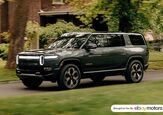

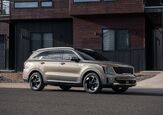

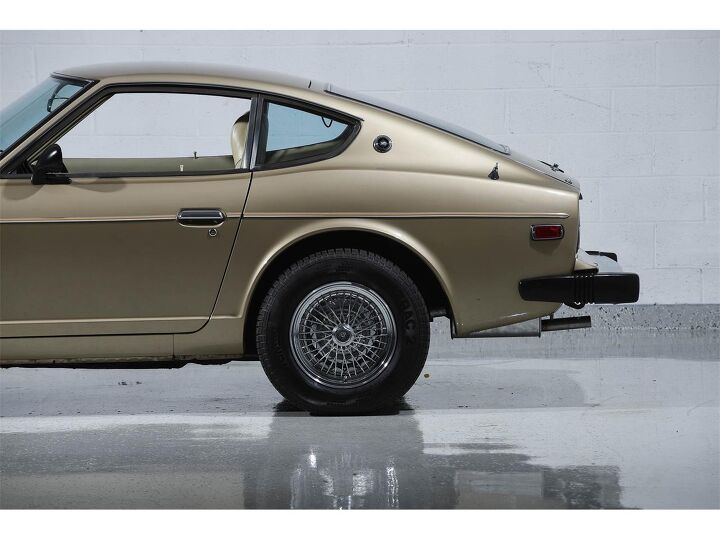









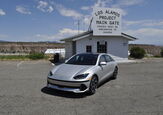







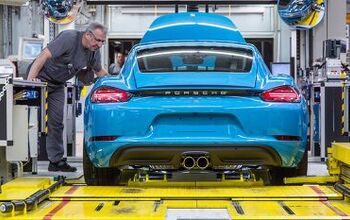


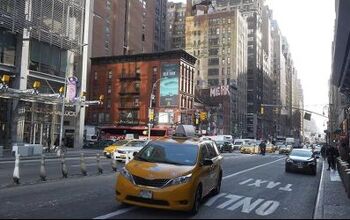

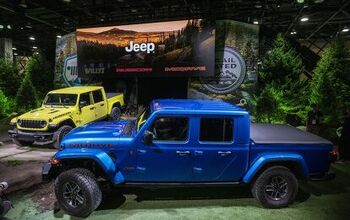
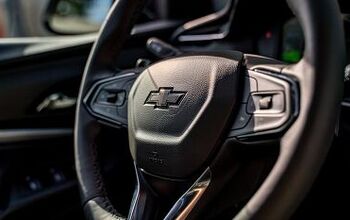
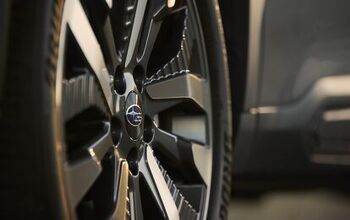
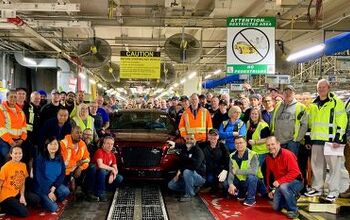


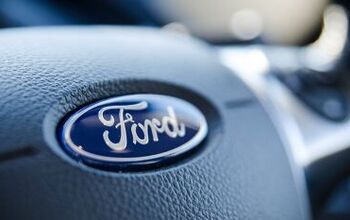

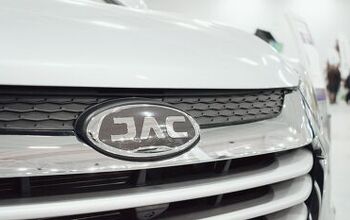

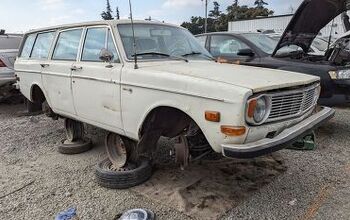
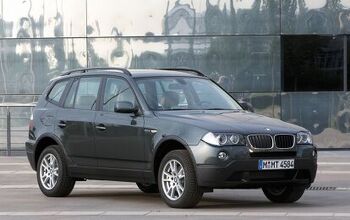
Comments
Join the conversation
I owned one of the 1974 and 1/2 MGBs mentioned above. I liked the look of the 'rubber bumper' cars, but the changes to the suspension (not just raised ride height) sucked. I eventually swapped the front suspension sub-assembly out for one from an earlier car and replaced the rear leaf springs with ones that were slightly stiffer and 'de-arched' to get the ride height back down. Ditching the original hydraulic dampers for adjustable gas charged ones, along with better tires and a stiffer anti-roll bar in front, transformed the handling of the car completely. I didn't see this as modifying the car so much as correcting the mistakes and bad decisions under which it was manufactured...
1981 VW Jetta. Dear god.